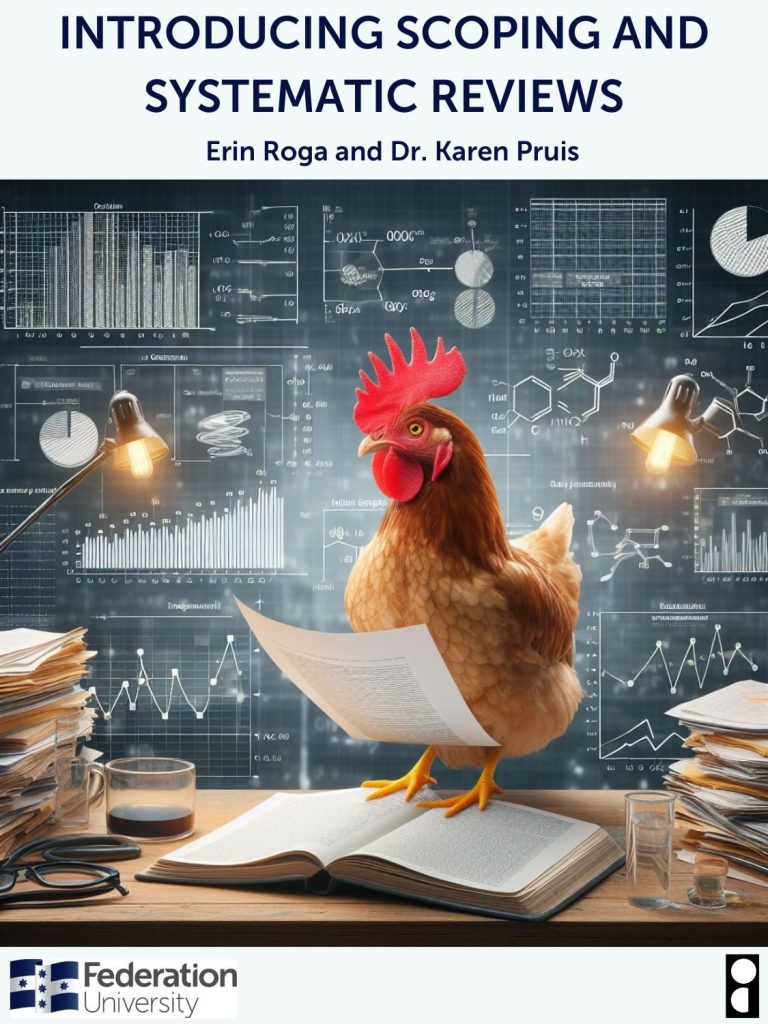

A review brings together information on a topic from different sources, such as a traditional literature review done as part of a journal article. There are different types of review with differing degrees of rigour.
The following 30 minute video is a recording of a library webinar 'Introduction to reviews'. You may need to log in with your Federation details to watch.
"Systematic" type reviews include scoping reviews, systematic reviews, meta-analyses, and many others. They have methodologies, follow a structured process, and aim to find all available evidence.
Scoping reviews have a broad question and aim to identify and map the amount and type of evidence. They have:
Systematic reviews have a specific question and aim to collect and combine all the evidence in an unbiased way. They have:
The type of review chosen depends on the review aims and question.
The tools below can help select the appropriate review type for your needs.
This tool is designed to assist users with selecting which of the 41 included quantitative or qualitative knowledge synthesis would be appropriate for their research question through a set of simple questions.
This decision tree by Cornell University Library can help decide which review methodology best suits your needs
 Introducing scoping and systematic reviews
by
Erin Roga and Dr Karen Pruis
Introducing scoping and systematic reviews
by
Erin Roga and Dr Karen Pruis
Munn, Z., Peters, M. D. J., Stern, C., Tufanaru, C., McArthur, A., & Aromataris, E. (2018). Systematic review or scoping review? Guidance for authors when choosing between a systematic or scoping review approach. BMC Medical Research Methodology, 18(1), Article 143. https://doi.org/10.1186/s12874-018-0611-x
Grant, M. J., & Booth, A. (2009). A typology of reviews: An analysis of 14 review types and associated methodologies. Health Information and Libraries Journal, 26(2), 91–108. https://doi.org/10.1111/j.1471-1842.2009.00848.x

